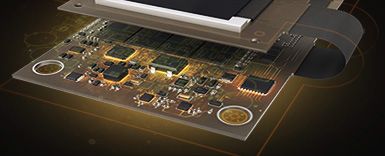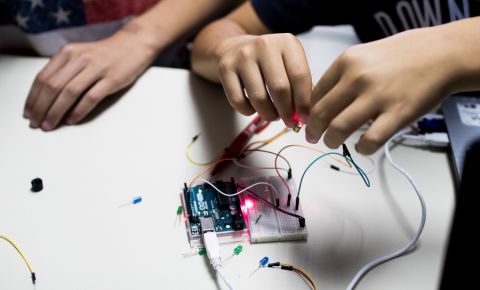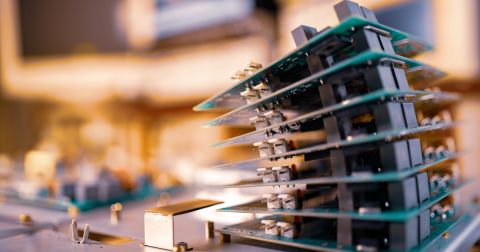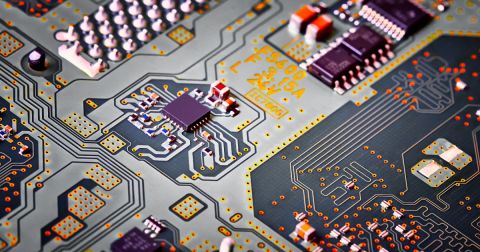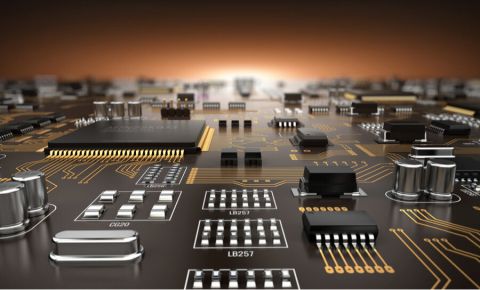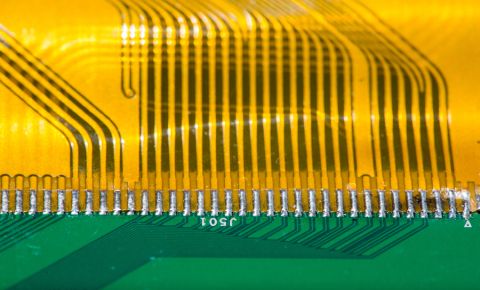Release 10 Preview: Enhanced routing capabilities
Created: January 26, 2017
Updated: March 16, 2020
Updated: March 16, 2020
Related Resources
Altium is transforming the electronics industry so thoroughly that our web pages need a minute to catch up. For a short time, some information on this page may be outdated.
We appreciate your patience. It will be worth the wait!
Learn More
Thank you, you are now subscribed to updates.
Product Extension
Company
Careers

